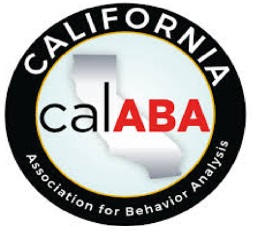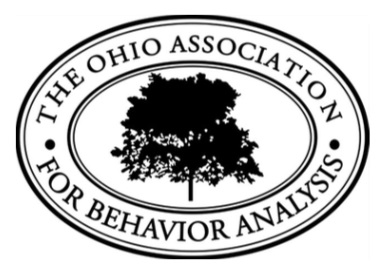Step 1: Prepare your Organization
Here is how you introduce your new Crisis Management System in a painless manner into your organization
Transitioning from an unsatisfactory system of crisis management to a better one or simply adopting a new system, could be a very daunting process.
Find out about the most common problems organizations face and how the PCMA addresses them in collaboration with partners.
Do any of these common frustrations look familiar?
Are these your goals and desires fort his area?
Whether starting a crisis management system for the first time or upgrading from your current system, a new training means a certain amount of disruption for your organization. It can be difficult to pull staff from where they are needed to attend consecutive all-day trainings. Sometimes it’s because your staff, parents or others with a vested interest just don’t know what to expect and they have concerns and apprehensions about a new system. Sometimes there is confusion over who should be trained and in which locations.
When new trainings occur at organizations, one of the most common questions is “How many staff need this training for it to make a positive impact across my organization?” Whether talking about staff who teach the PCM course (Instructors) or staff who use the PCM system (Practitioners) training too few staff can make the training basically worthless, and training too many staff can put an unnecessary strain on budgets.
Sending the wrong staff member to a 4-day training can be tremendous waste of time and money. Some staff are in poor physical condition but still need the training and express an interest. Some staff may lack the skills to be an effective trainer. Still others technically make good candidates to be an instructor, but their job duties may interfere with training.
Naturally, in setting up a new system, satisfying all stakeholders can be difficult. You may have to deal with angry parents, worried staff who are afraid of getting in trouble or administrators who have critical people to answer to. When preparing for the introduction of a new system, having all these players on the same page can be extremely challenging.
I want to be able to train my staff according to the times of day that are best for our substitute teachers/staff support. I want to be able split up training hours and combine staff of different abilities into one training to save on costs and disruptions
A detailed plan that hits the right balance between effectiveness and resources available. For example, there are some areas with infrequent behavior problems, but when the problems occur, they are severe. I want to be effective while considering staff and budget limitations. In other words; be effective without being over staffed.
Every person sent to training is appropriate for training in terms of availability and capability, they know exactly what to expect from the training, and are highly motivated to attend.
PCMA has spent more than 20 years collecting information from our customers who faced these same issues. In response to these issues, PCMA has developed a model that both informs all stakeholders about the PCM system and addresses the most frequently raised concerns raised by Administrators, Parents, and Staff.
Our Solution: Use the PCMA "AID" model to create a well formulated plan

The AID model
The way to get to a well formulated plan is to use the PCMA “AID” model.
Using AID to prepare your organization is like having a town hall meeting to discuss important changes being proposed in your community.
Analyze:
Determine the sources of disruption to your organization using our Organization Disruption Mapper. This includes tools such as:
- the BSA: Staff interview form about feelings about restraint (belief systems and attitudes)
- Instructor/Participant selection guidelines (capabilities, injuries, etc.)
- Sked check (check existing schedules and conflicts)
Inform:
- Use the SPA tool to create buy in from all parties.
Design Plan:
You can use examples in the PCM readiness manual and blank templates to design your own training plan. Other tools we offer here are:
- skedflex. (showing possible training variations)
- Instructor Pre-Training checklist

The AID model is used in step one of the PCMA Safe Organization Prescription, which is “Organize.” Organize is also the first step in the training stage of the PCMA Safe Organization Prescription. At the completion of this step you will have a well-formulated plan and are now fully prepared to send your staff to training.
AID in detail
1. ANALYZE potential Disruption
In the Analyze phase, we use the PCMA disruption mapper to find potential sources of disruption to your organization before training ever begins. Once targeted, the sources of disruption can now be addressed using the next step. The staff BSA tool will help to assess staff members’ Belief Systems and Attitudes about using restraints with individuals in a variety of settings. People will vary in their feelings about using any form of restraint with individuals and especially young children with special needs. It is important that all staff are comfortable with their roles before training begins. Using the Instructor/Participant Selection tool you will be able to determine the most appropriate role for your staff (instructor or practitioner) and the most appropriate level of training for those staff to ensure your program’s success. Finally, there is the PCM SkedCheck Tool, that is used to determine existing schedules and avoid possible conflicts and to arrange to have alternate appropriate staff to fill training slots if necessary.
2. INFORM using the SPA tool
SPA is an acronym for Staff, Parents and Administrators. The PCM SPA model is used to get your organization ready to have their staff PCM certified and we have created specific content for each group that will both answer their questions and assure them that they have chosen the best possible system.
Staff: Whether your staff happen to be classroom teachers, individual behavioral therapists, or direct care workers in residential facilities, everyone needs to know what to expect from PCM training. Some staff may have concerns over being seen by clients/students as “law enforcement.” Others may be worried about fallout from administrators or parents/advocates/attorneys regarding their decision to use restraint, the level of restrictiveness, or how it was performed. It’s even possible that some staff feel that it is morally wrong to restrain individuals with special needs. PCMA has materials specifically designed to address the concerns of your staff turning their apprehension into excitement about becoming certified.
Parents: Parents/advocates typically have very different concerns from your staff. Naturally, they are concerned about safety of the physical procedures, but they also want to understand why procedures are being used with their son/daughter. They are also concerned about timely notification when restraints do occur and the steps that have been put into place to decrease or prevent future restraints. We provide an introductory guide to the PCM system for parents, which not only familiarizes them with the PCM system but also provides expectations and explains a belief system (restraints are not used to punish bad behavior, but to stop dangerous behavior that must be stopped immediately).
Administrators: Whether principals in schools or executive directors in residential facilities, administrators must be address the concerns of the staff (S), the concerns of the parents (P) and then their own concerns! In terms of readiness, administrators will have concerns about a variety of issues. One issue might be staff coverage when there is training, another important one is staff and parent attitudes regarding the use of restraint. Other issues include the fitness level of staff relative to severity of behavior problems and restraint data collection and how it will be used to make decisions. In fact, there are so many potential administrative concerns about a new crisis management system, PCMA includes a 25-page Administrator guide filled with valuable information that will help to ensure a smooth roll-out.
3. DESIGN your plan
Now you are ready to design your plan using the information from the Analyze phase, the PCM pre-training checklist, Resource Coverage Map and the Skedflex tool. The Pre-training checklist ensures that the training goes smoothly and includes an inventory of all the training readiness tools. The Resource Coverage Map ensures that you’ve selected the sufficient number of staff for any given location and the right certification for those staff. Finally, the PCM Skedflex Tool will let you create a plan with flexible training hours to better meet the needs of your organization.
After following the Aid model, you can now do your final logistical and budgetary planning for the instructor training.
As an example of using the AID model, let’s say that in the Analyze phase it was determined that in one particular classroom, staff attitudes were very uncertain about using more restrictive procedures (like floor holds), given this information you might then, in the Inform phase use the SPA tool to provide more information to uncertain staff. If after using the SPA tool, their attitudes have not changed, then it would be best to train these staff at the lowest level in which restraints consist only of escorts (transportation procedures) until staff attitudes change a little.
Testimonial or a case study / story
Does the AID model interest you?
Do you prefer to not reinvent the wheel and set your organization up for a smooth introduction of Professional Crises Management?




A sample of the Applied Behavior Analysis Associations we participate with

